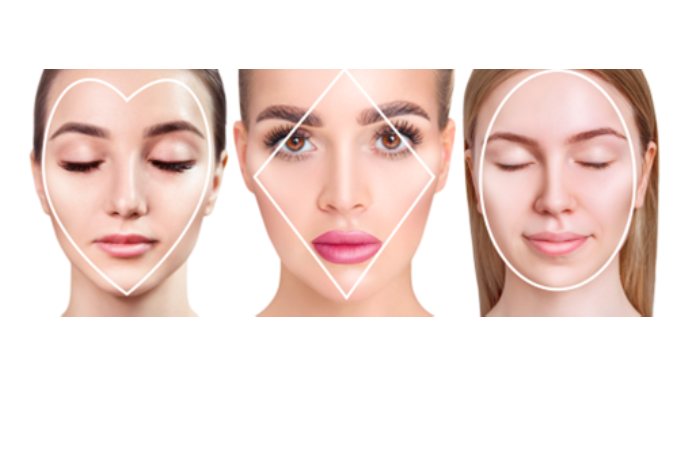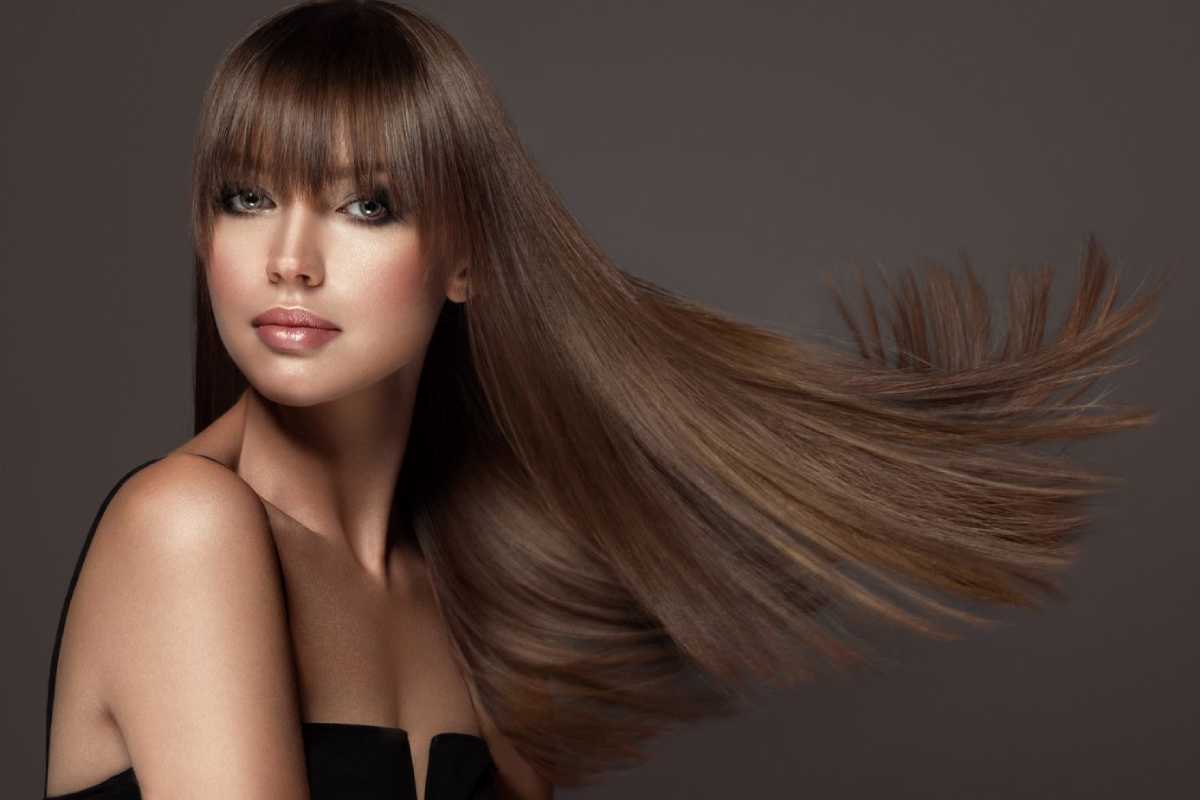Should Your Hair Client Go Darker for Fall? 12 Things to Consider
As autumn approaches, many clients contemplate a shift to deeper, richer hair hues. As a professional stylist, you’ll likely field more requests for darker shades during this season. Before reaching for your professional hair color, you should weigh several factors to ensure your client leaves feeling confident and satisfied. Here are a few things to keep in mind.
-
Table of Contents
The Complexion Factor
One of the most critical considerations is whether the darker shade will complement your client’s skin tone and undertones. Darker hair is stunning on the right complexion but can wash out others.
Clients with warm undertones often look great with golden, copper or red-based browns, while those with cool undertones may find ash browns, deep chocolates or blue-based blacks more flattering. Individuals with neutral undertones can pull off a wide range of darker shades. Performing a thorough analysis during hair color consultations is essential to determine which darker shades will enhance your client’s natural coloring.
-
Eye-Catching Considerations
The impact of hair color on eye appearance is another crucial factor. Darker hair often makes eye color pop, especially for those with light eyes. Deep, cool browns make blue eyes appear even more vibrant, while rich, warm browns or auburn shades beautifully enhance green eyes. Most darker shades complement brown eyes but consider adding subtle highlights to create depth and dimension.
-
The Journey to Darker Shades
The path to a darker shade will differ depending on your client’s starting point. Consider their natural hair color and how big of a change they’re making. A drastic shift might require multiple sessions. If they have previously lightened hair, you might need to fill it before applying the darker shade to avoid unwanted undertones.
The health and texture of your client’s hair also significantly affect how well it will take to a darker color. Fine hair often appears fuller and more voluminous with darker colors, while thick, coarse hair typically absorbs color well, resulting in rich, vibrant outcomes.
-
Maintenance Matters
Maintenance requirements are another crucial aspect to discuss with your client. They should understand how often they’ll need to come in for root touch-ups and what kind of at-home care is necessary to maintain their new shade. Explain how different shades fade over time and what to expect. It’s also important to consider your client’s lifestyle and profession. Do they have a job that allows for dramatic hair changes? How much time are they willing to dedicate to hair care and styling?
-
Chemical Considerations
Ask your client about chemical treatments they’ve undergone, such as highlights, balayage, perms, relaxers or keratin treatments. These can impact how the darker color takes to the hair or the hair’s ability to hold color.
-
Face Shape and Personal Style

While not as crucial as skin tone, face shape influences how a darker hair color is perceived. Darker hair can create the illusion of a slimmer face for round face shapes, especially with strategic highlights. All-over dark color can shorten the appearance of long faces, while most darker shades work well with oval face shapes. Discuss how a darker hair color aligns with your client’s style. Does it fit their wardrobe? Will they feel confident with a significant change? How does it align with their overall aesthetic?
-
The Science of Color
Your understanding of color theory as a professional is crucial in this process. Choosing the right hair color developer is essential for achieving the desired depth and tone. Consider using a combination of permanent and demi-permanent colors for dimension, and be prepared to adjust your formula based on the client’s hair porosity and texture.
-
Gradual Transitions and Makeup Adjustments
Consider offering a gradual transition option for clients hesitant about a dramatic change. Start with lowlights or a slightly darker gloss and then gradually deepen the color over multiple appointments. This approach allows the client to adjust to their new look slowly.
Discuss how a darker hair color might impact their current makeup routine, suggesting adjustments to their foundation shade if necessary and recommending complementary eyeshadow and lip colors to enhance their new hair color.
-
Visual Inspiration and Budget Considerations
Always ask for visual references during your consultation. What celebrities or images inspire their desired look? Use these as a starting point, but be realistic about what’s achievable. Be upfront about the costs associated with going darker, including the initial color service price, maintenance appointments and recommended professional products for at-home care.
-
Testing and Reversibility
Before committing to an all-over color change, perform a test strand to check for any unexpected reactions. This also lets the client see how the color will look on their hair. Discuss the process of returning to a lighter shade if they change their mind, explaining that going lighter after dark can be a lengthy and potentially damaging process.
-
Psychological Impact and Styling Changes
Consider the psychological impact of darker hair. Some clients feel more sophisticated or mysterious with darker hair, while others might find it doesn’t align with their mood or personality. Discuss how darker hair might change their styling routine, as certain hair accessories stand out more against darker hair, and some hairstyles might need to be adjusted to complement the new color.
-
Long-Term Color Strategy
Think beyond the fall season and discuss how this darker color fits into their long-term hair goals. Consider creating a color plan that can evolve with the seasons if desired.
Closing Thoughts

When it comes to changing up a client’s look for fall, the goal is to create a beautiful hair color and ensure your client feels confident rocking their new hair. Take the time to conduct thorough hair color consultations, considering all aspects — from skin tone to lifestyle. Whether they opt for a rich chocolate brown or a deep auburn or decide to stay with their current shade, your expertise will ensure they leave your chair feeling ready to embrace the new season with style.

